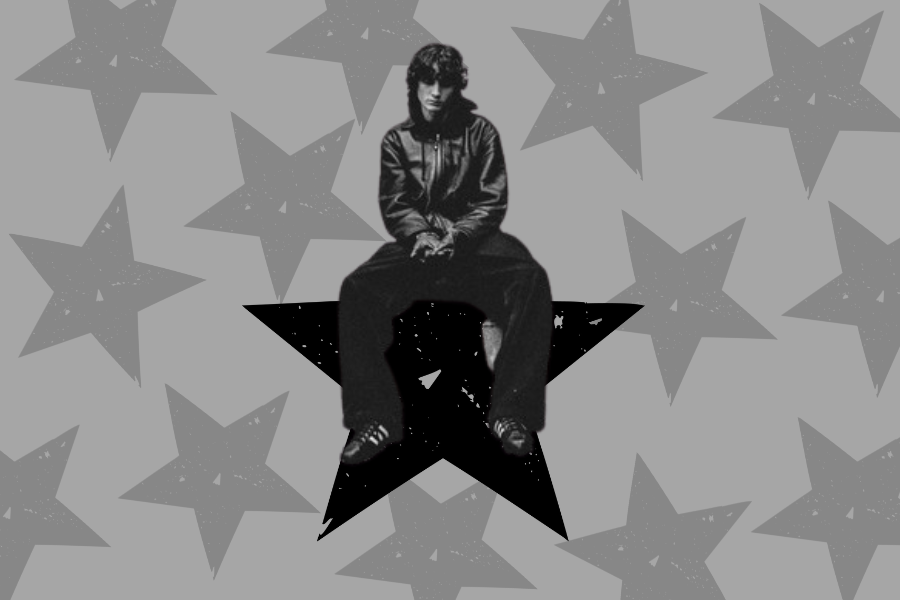When thinking about the most impactful and successful film franchises in history, there are a few standouts that come to mind: Star Wars. The Marvel Cinematic Universe. Pixar. But I would argue that the most impactful film isn’t even in the aforementioned list.
No film has proven to be more impactful on American culture than 1993’s “Jurassic Park.” Its revolutionary visual and practical effects have stood the test of time unlike any movie before it and most after it. The animatronics literally came to life on set. (Shoutout Phil Tippett…you had one job!)
Its’ soundtrack is among the most iconic in cinematic history, and the film helped to start a franchise that has generated, according to conservative estimates, a minimum of just over six billion dollars across six films. It’s important to note that this figure doesn’t even include the revenue from TV shows, toys, video games and other retail sales, which could easily add billions more onto the previous figure cited.
“Jurassic Park” changed the way that movies were made forever. Instead of using cheap CGI, the “Jurassic Park” crew took ancient creatures that were nothing more than fossilized bones and gave them life.
Just over three decades later, Colossal Laboratories and Biosciences seeks to do the same. On April 7, Time Magazine published a groundbreaking article titled “The Return of the Dire Wolf.” In this article, we learn the story of the group that wishes to “…reawaken the lost winds of earth.”
Colossal seeks to “de-extinct” certain species of animals including the woolly mammoth, the dodo and the thylacine, all animals that went extinct largely because of human-caused habitat loss, hunting and other factors.
While it isn’t clear why the dire wolf specifically was resurrected, CEO Ben Lamm said in an appearance on the Joe Rogan Experience that it was crucial to resurrect the dire wolf, because it could help to get people interested in the company, while also developing the science to potentially prevent endangered species from going extinct.
The endgame of the company is obviously to bring the woolly mammoth back from extinction in order to fill the ecological role once played by the giant furry beasts. Many may not know this, but bringing back the woolly mammoth could actually help to fight global warming and the melting of the polar ice caps. Before their extinction, they played a crucial role in maintaining ecosystems all around the world, like the Mammoth Steppe. Without the presence of the woolly mammoth, the arctic permafrost is melting faster than it otherwise would be. This should be reason enough to bring the woolly mammoth back.
Colossal boasts that they have achieved American Humane Certification, ensuring that they take any and all necessary steps to protect and care for their animals. In fact, when talking about the Colossal-made woolly mice on the Joe Rogan Experience, Lamm pushed back on the idea of selling their creations, saying “It’s not our business model to sell our animals or to sell wooly mice,” but suggested the company would be open to providing animals to zoos and museums, so long as there was no financial incentive for either party to do so.
Before scientists get carried away with playing God and resurrecting extinct species, however, it’s important that they have legitimate beneficial reasons for doing so. It seems like there are many benefits to bringing back the woolly mammoth, from fighting climate change to protecting existing endangered species like elephants, but Colossal must stay true to its commitment to only agree to bring these animals back to life for the benefits of mankind while protecting the animals themselves, rather than bringing extinct species back to life simply for financial gain.
As Dr. Ian Malcolm ever so famously said in 1993’s “Jurassic Park,” “…Your scientists were so preoccupied with whether or not they could, that they didn’t stop to think if they should.”
Once again, it seems that there are tremendous benefits for mankind to bring back the woolly mammoth, but it is absolutely necessary for scientists to use a great deal of caution as it relates to the new practice of de-extinction.
Bringing extinct species back to life is not a genie that can be put back in the bottle.










